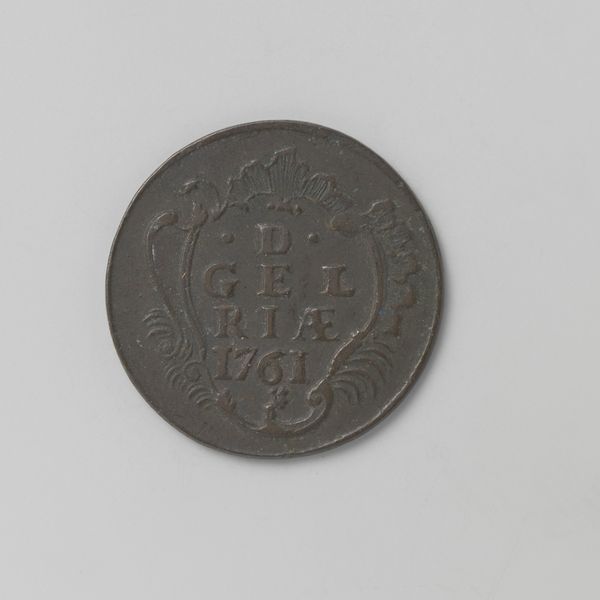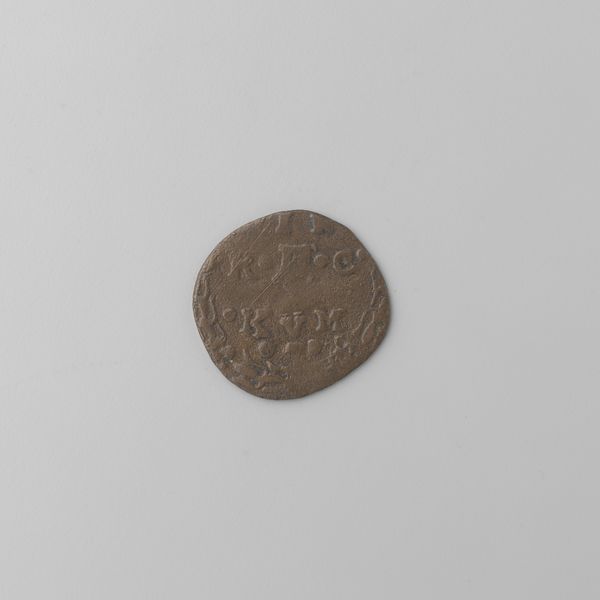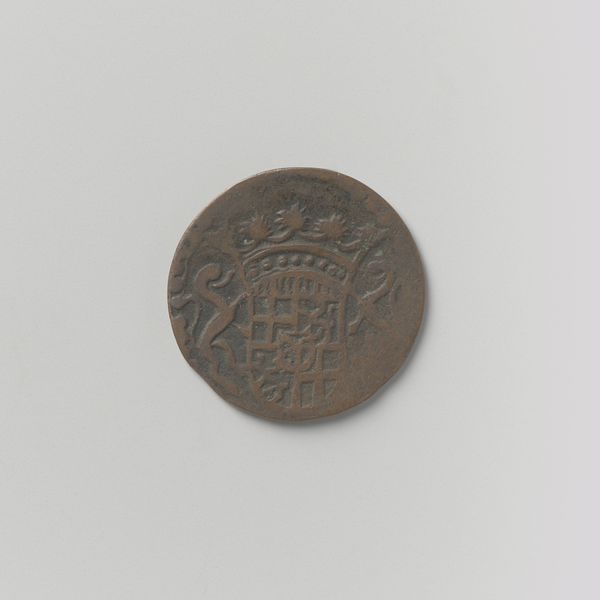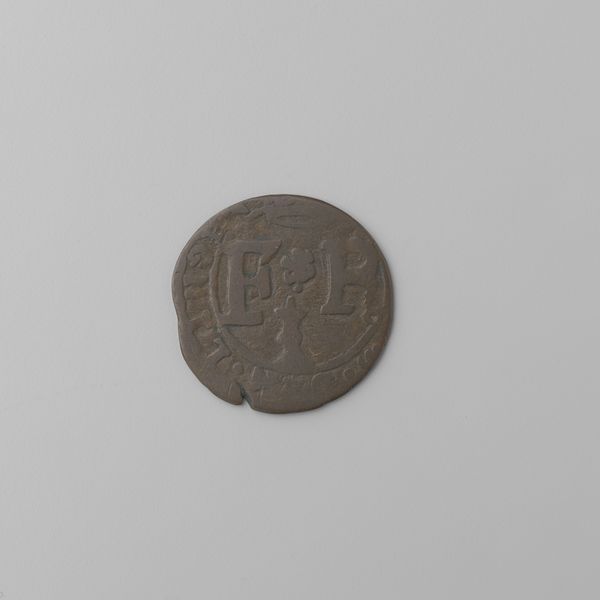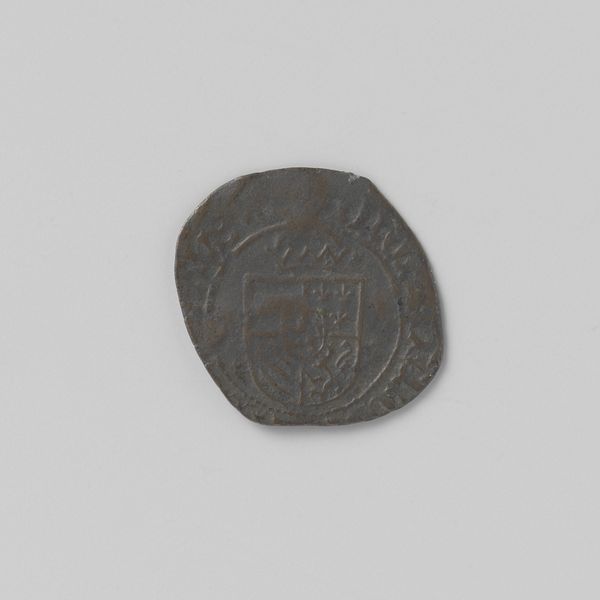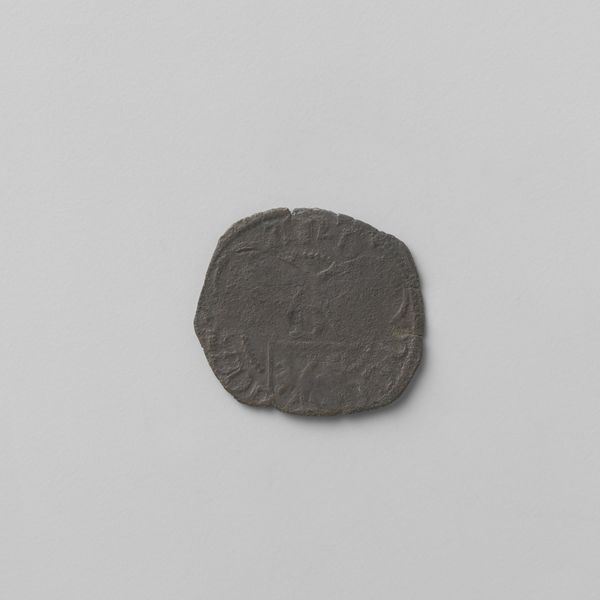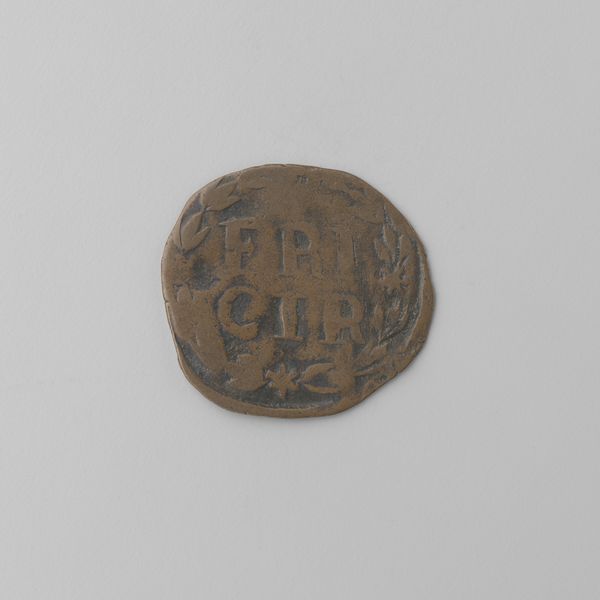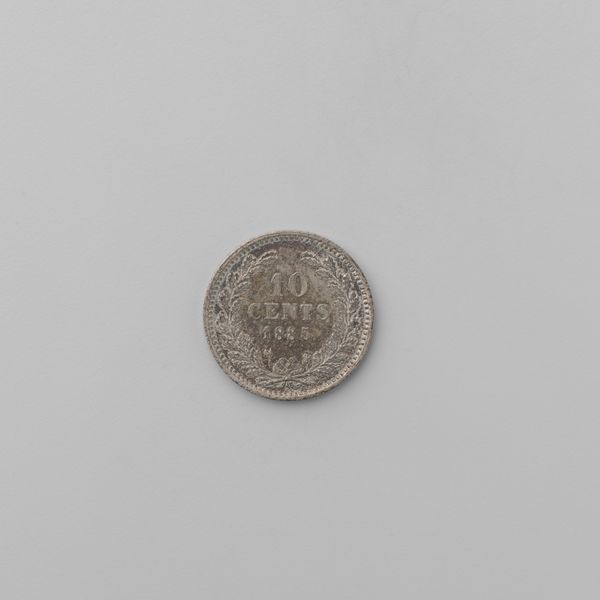
silver, metal, engraving
#
medieval
#
silver
#
metal
#
ancient-mediterranean
#
letter design
#
embossed
#
engraving
#
miniature
Dimensions: diameter 2.0 cm, weight 0.92 gr
Copyright: Rijks Museum: Open Domain
Editor: This is the "Drieplak van de Drie Steden, 1556," a small silver coin. It's incomplete, damaged; but that makes it somehow more interesting. What stories could this little object tell us? Curator: Absolutely. Its damaged state is itself a story, a testament to circulation and use, raising questions about trade, value, and power dynamics. This wasn’t just currency; it represented civic identity, right? Consider who controlled the minting process and how that power was reflected in its design. Editor: I hadn't considered the power dynamic. Tell me more! What was the context around that, and why were "three cities" so important at the time? Curator: The three cities likely represent a strategic alliance, a union formed for mutual benefit, security or trade. It reflects the complex political landscape of the 16th century. Power was distributed amongst city-states, and such coins became assertions of sovereignty. Who did this alliance exclude? Whose labor underpinned its wealth? Think of these miniature images as propaganda writ small. Editor: So it's speaking to larger socio-political movements? It almost makes this little object a form of protest when it broke. Curator: Indeed. Even a simple transaction with this coin embedded you into a much broader web of social relations and perhaps resistance to that, as you noted. Coins were one of the few ways the average person encountered visual representations of power. Does looking at the damage make you consider something else about it, in terms of value or purpose? Editor: Now that you mention it, its imperfection is very relatable and human. Maybe brokenness tells as much a story as its completeness, and makes it something else entirely! Curator: Precisely! Seeing it in this light transforms our perception of it. Thank you for that point!
Comments
No comments
Be the first to comment and join the conversation on the ultimate creative platform.

